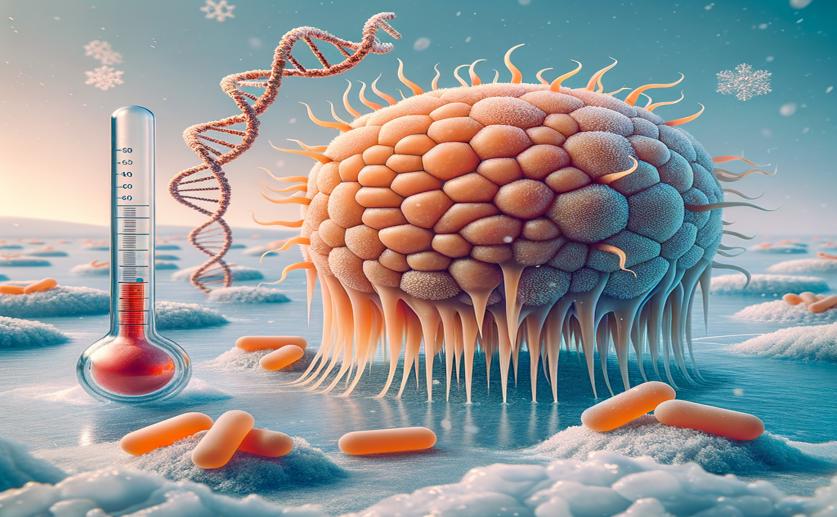
New Low Temperature System for Enhanced Gene Expression in Yeast
Jenn Hoskins
30th May, 2024

Image Source: Natural Science News, 2024
Key Findings
- The study by the ARC Centre of Excellence in Synthetic Biology developed a new genetic system called LowTempGAL in yeast to control gene expression using temperature changes
- The LowTempGAL system uses temperature biosensors to regulate gene expression but initially had issues with responsiveness and precision
- Researchers improved the system by adding a second control layer and optimizing components, resulting in rapid and precise gene expression changes with temperature shifts
References
Main Study
1) LowTempGAL: a highly responsive low temperature-inducible GAL system in Saccharomyces cerevisiae.
Published 29th May, 2024
https://doi.org/10.1093/nar/gkae460
Related Studies
2) Dynamic control in metabolic engineering: Theories, tools, and applications.
3) Synthetic Promoters and Transcription Factors for Heterologous Protein Expression in Saccharomyces cerevisiae.
4) Genetic circuit design automation with Cello 2.0.



 9th May, 2024 | Jenn Hoskins
9th May, 2024 | Jenn Hoskins